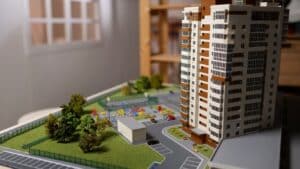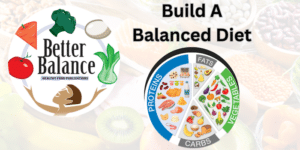
wpc wall panel price
WPC stands for Wood Plastic Composite. WPC wall panels are made from a combination of wood fibers or wood flour and plastic, often recycled plastics like PVC, PE, or PP. These panels are used as an alternative to traditional wood or plastic materials for wall cladding or siding applications.
WPC wall panels offer several advantages over traditional materials:
- **Durability**: WPC panels are resistant to rot, moisture, and insects, making them suitable for outdoor and wet environments.
- **Low Maintenance**: They require minimal maintenance compared to wood, as they do not need to be painted, stained, or sealed.
- **Versatility**: WPC panels come in various colors, textures, and finishes, allowing for customization to suit different architectural styles and design preferences.
- **Environmentally Friendly**: Since WPC panels incorporate recycled materials, they contribute to reducing the demand for virgin plastics and wood, making them a more sustainable option.
- **Ease of Installation**: WPC panels are often designed for easy installation using standard woodworking tools, which can save time and labor costs.
- **Dimensional Stability**: Unlike wood, WPC panels are less prone to expansion, contraction, or warping due to changes in temperature or humidity.
Overall, WPC wall panels provide a balance between the natural look and feel of wood and the durability and low maintenance of plastic, making them a popular choice for both residential and commercial applications.
WPC wall panel designs can vary widely depending on the manufacturer, the intended application, and the desired aesthetic. Here are some popular design options:
- **Wood Grain Texture**: Many WPC wall panels are designed to mimic the appearance of natural wood, including a variety of wood grain textures and finishes. This provides a warm, rustic look while still offering the benefits of plastic durability.
- **Contemporary Patterns**: Some WPC panels feature modern and sleek designs, such as geometric patterns, clean lines, or minimalist textures. These designs are often favored in contemporary or urban settings.
- **Embossed Surfaces**: Embossed WPC panels may have raised patterns or textures that add visual interest and depth to the surface. These can include patterns like bricks, stones, or other decorative motifs.
- **Color Options**: WPC panels come in a wide range of colors to suit different design preferences and architectural styles. Some panels may offer solid colors, while others may have variegated or multi-tone finishes for a more dynamic appearance.
- **Customizable Finishes**: Certain manufacturers may offer customizable finishes, allowing customers to choose specific colors, textures, or patterns to match their design vision.
- **Panel Size and Shape**: WPC wall panels are available in various sizes and shapes, including standard rectangular panels, as well as larger or smaller dimensions for specific applications. Some panels may also be designed to interlock or overlap for easier installation and a seamless look.
- **Integrated Features**: Depending on the intended use, WPC panels may incorporate additional features such as built-in lighting, acoustic insulation, or fire resistance for enhanced functionality.
When selecting a WPC wall panel design, it’s essential to consider factors such as the overall design scheme, the architectural context, and the desired level of maintenance and durability. Additionally, consulting with a designer or architect can help ensure that the chosen design complements the space and meets specific requirements.
Is Wpc panels good for home walls
WPC can be a good choice for exterior walls in terms of durability, weather resistance, low maintenance, and aesthetic appeal. However, it’s essential to consider factors such as local climate conditions, building codes, and specific project requirements before selecting any material for exterior applications.







